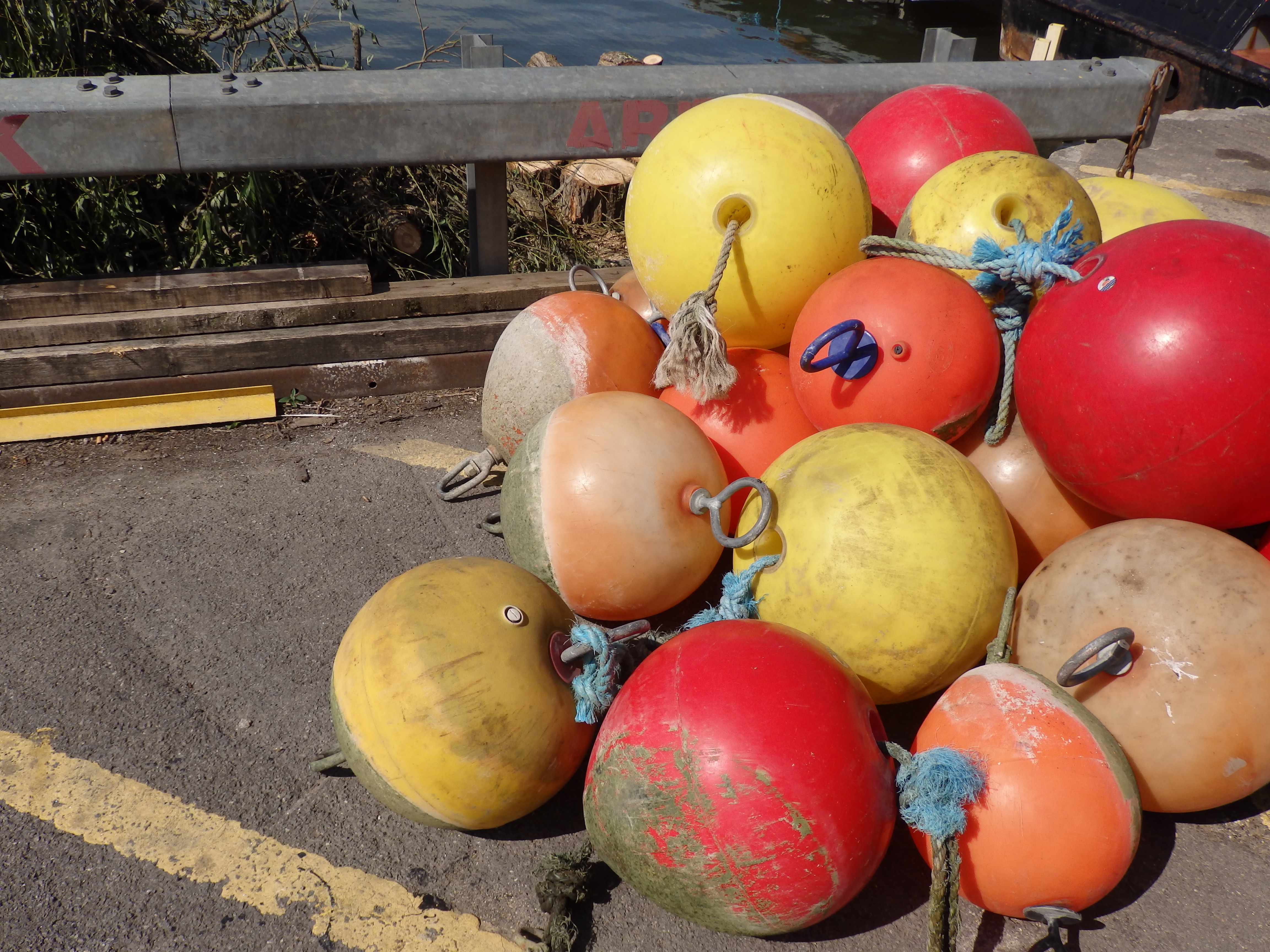The yard’s Poet in Residence Suzannah V. Evans has been immersing herself in life at the Underfall.
‘Like a man in a boat who is safe and sound
as long as he stays within the boat’s timbers’
- Bernard O’Donoghue, ‘The Boat’
I’ve now been working as Poet in Residence at Underfall Yard for a month, and it’s been glorious. I love loping round the boatyard and listening to its soundscapes: water lapping at the patent slip, chatter at Pickle café, the whine of drilling, boat masts clinking, the heavy breathing and footfall of morning joggers, the furious clanking of the pump room when the hydraulic pumps are in operation. The sights are fantastic too: gently nodding boats, sleek cormorants, bright buoys.

Photo credit: Suzannah V. Evans.
Since my last blog post, I’ve travelled by passenger ferry up to the Clifton Suspension Bridge, visited the SS Great Britain, and started planning a poetry reading for Granville Lodge Nursing Home, situated between the boatyard and the sea. Mostly, though, I’ve been writing, spurred on by conversations with the boatbuilders, and the sights and sounds of Bristol’s harbour. My reading outside the boatyard has also been watery, and I’ve immersed myself in fiction charting canals and seascapes, essays on Hampstead Ladies’ Pond, and poetry about swimming. I’ve also been compiling my own personal anthology of boat poems, which so far includes marvellous work by Vahni Capildeo, Emily Dickinson, Gillian Allnutt, Niall Campbell, Alfred, Lord Tennyson, and others.
The objects in and around the boatyard – fenders, skips, the dredging paddle formerly used by the drag boat BD6 to clear silt from the harbour – also fascinate me, and it has been a delight to share this enthusiasm with visitors. When St Mary Redcliffe Youth Group came by earlier this month for a tour of the boatyard, I ran Underfall Yard’s first ever poetry session, and we talked about how the boatyard can provide an influx of new vocabulary (‘buoy’, ‘chocks’, ‘dogs’, ‘sluice’, ‘keel’). The yard is also full of interesting shapes – triangles created by crisscrossing chains, rectangular chocks, curved hulls – and we discussed using these shapes to create calligrams, poems written in the shape of the object they describe. I hope to hold further workshops during my time at Underfall Yard, and to leave the yard with material for future activities centred on poetry.
